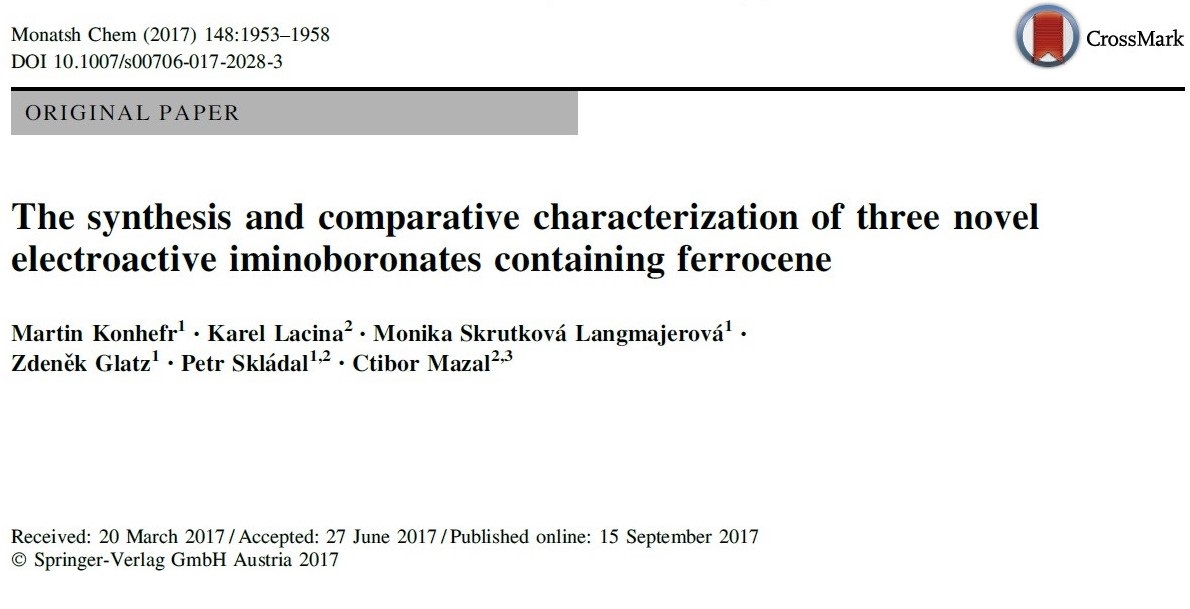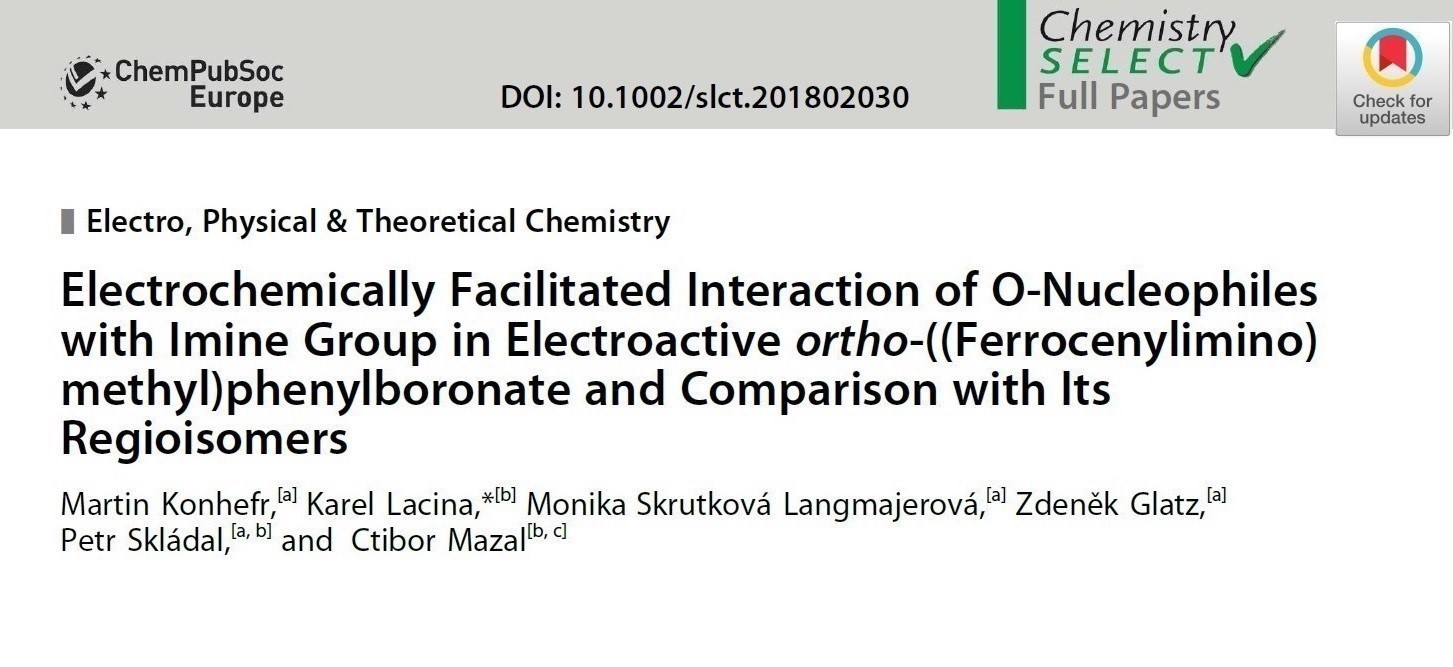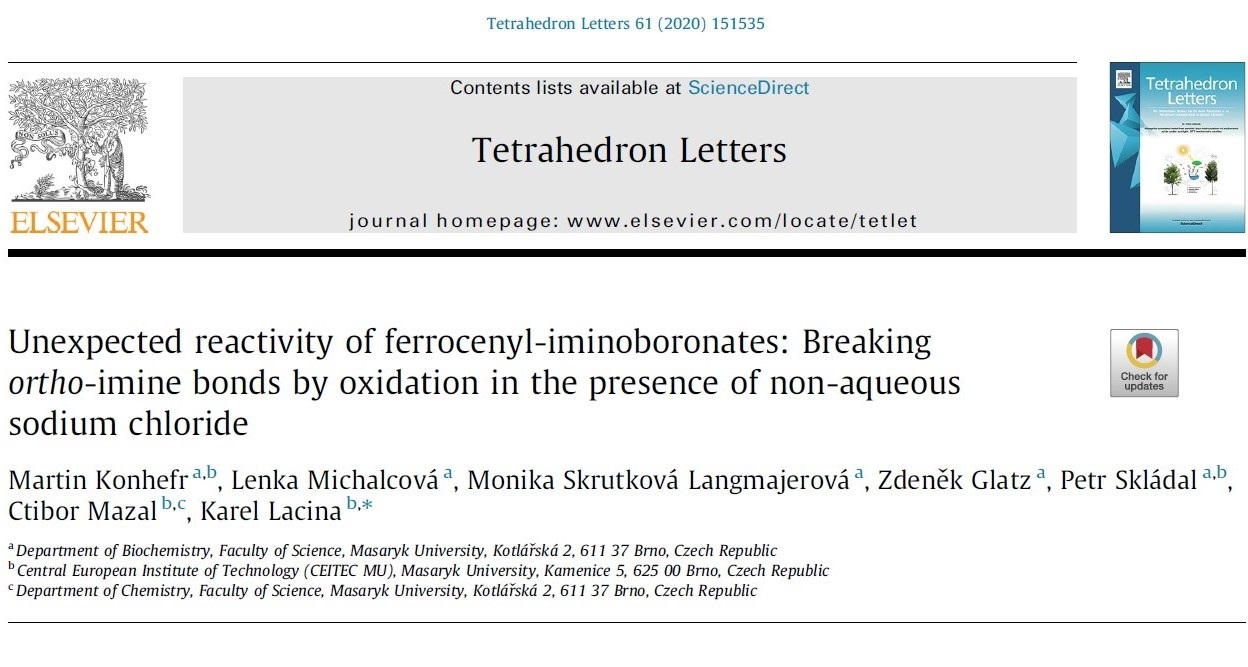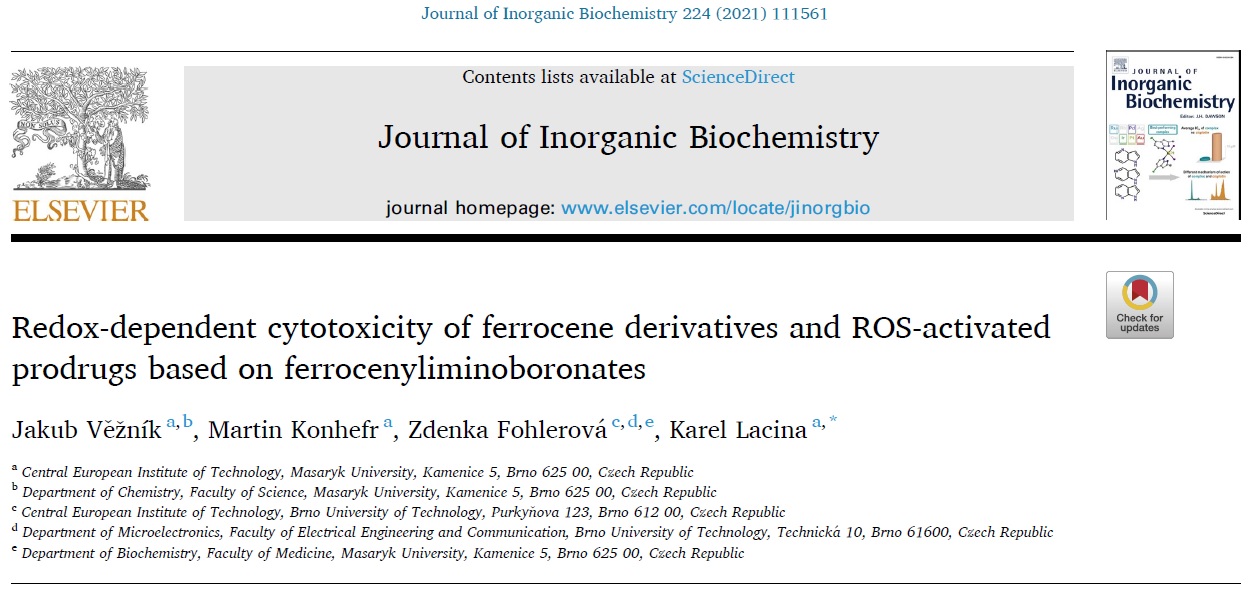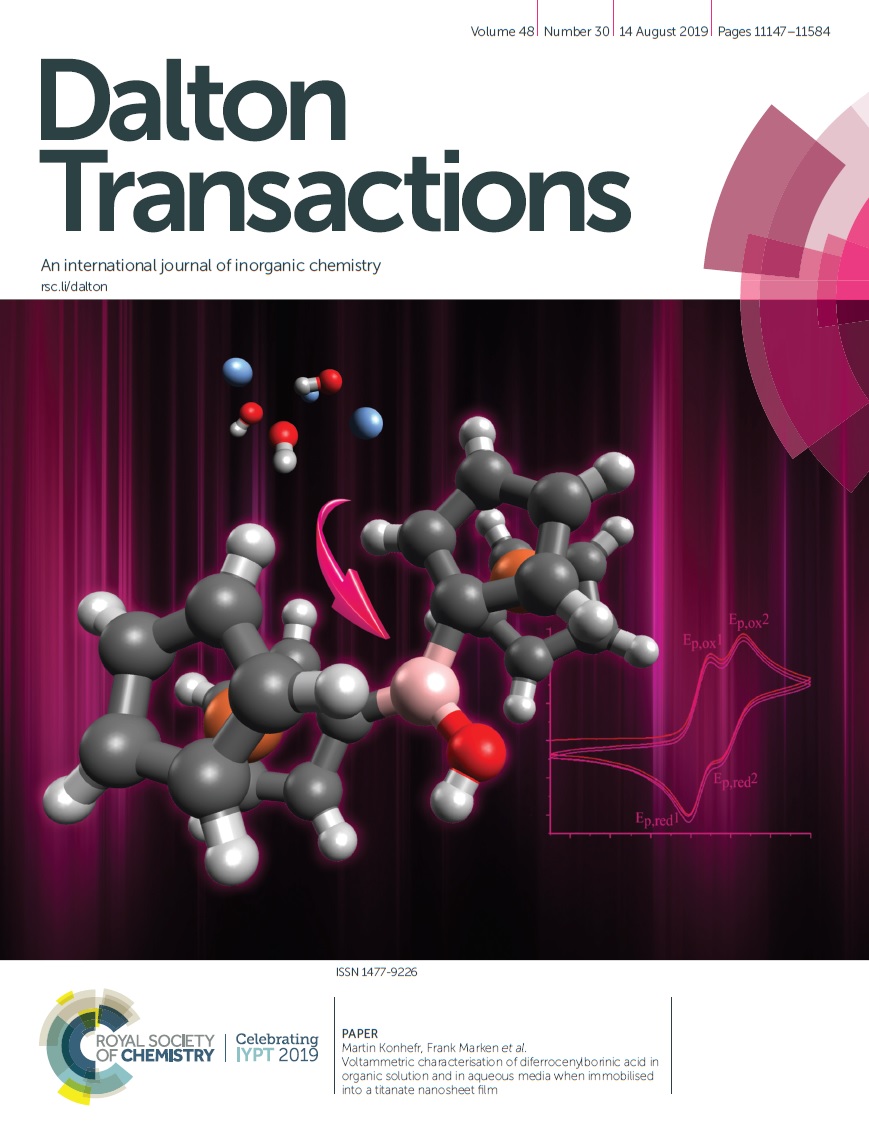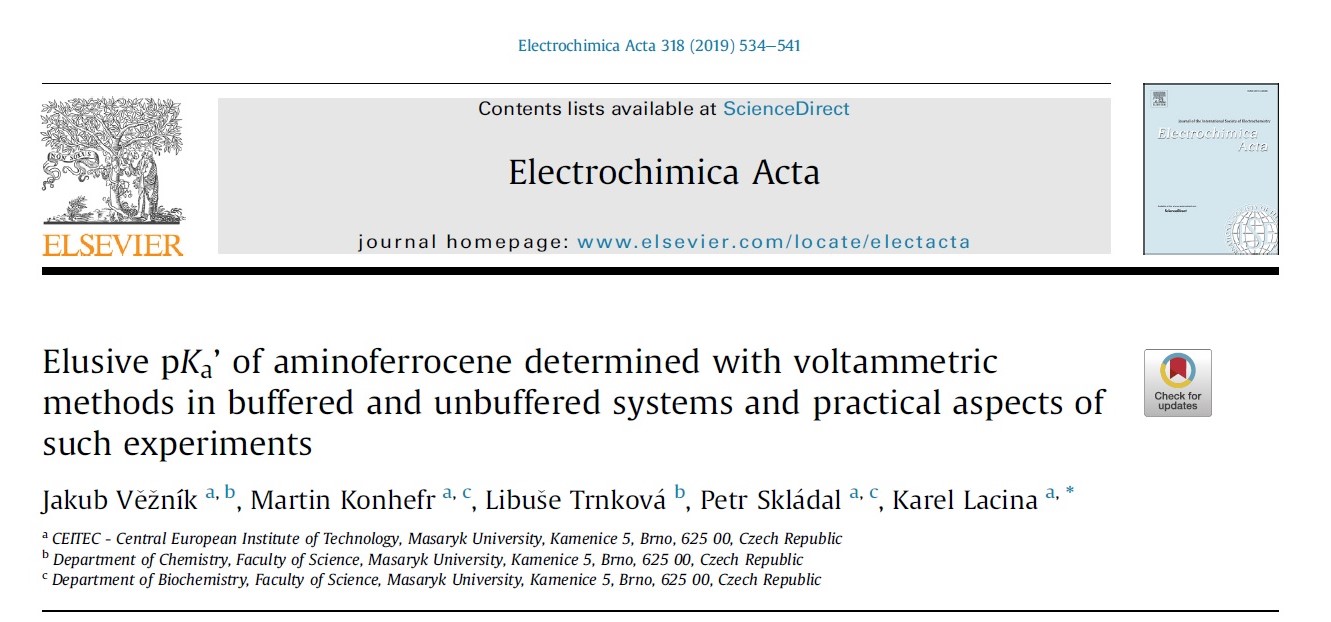“What I do” in 1 minute:
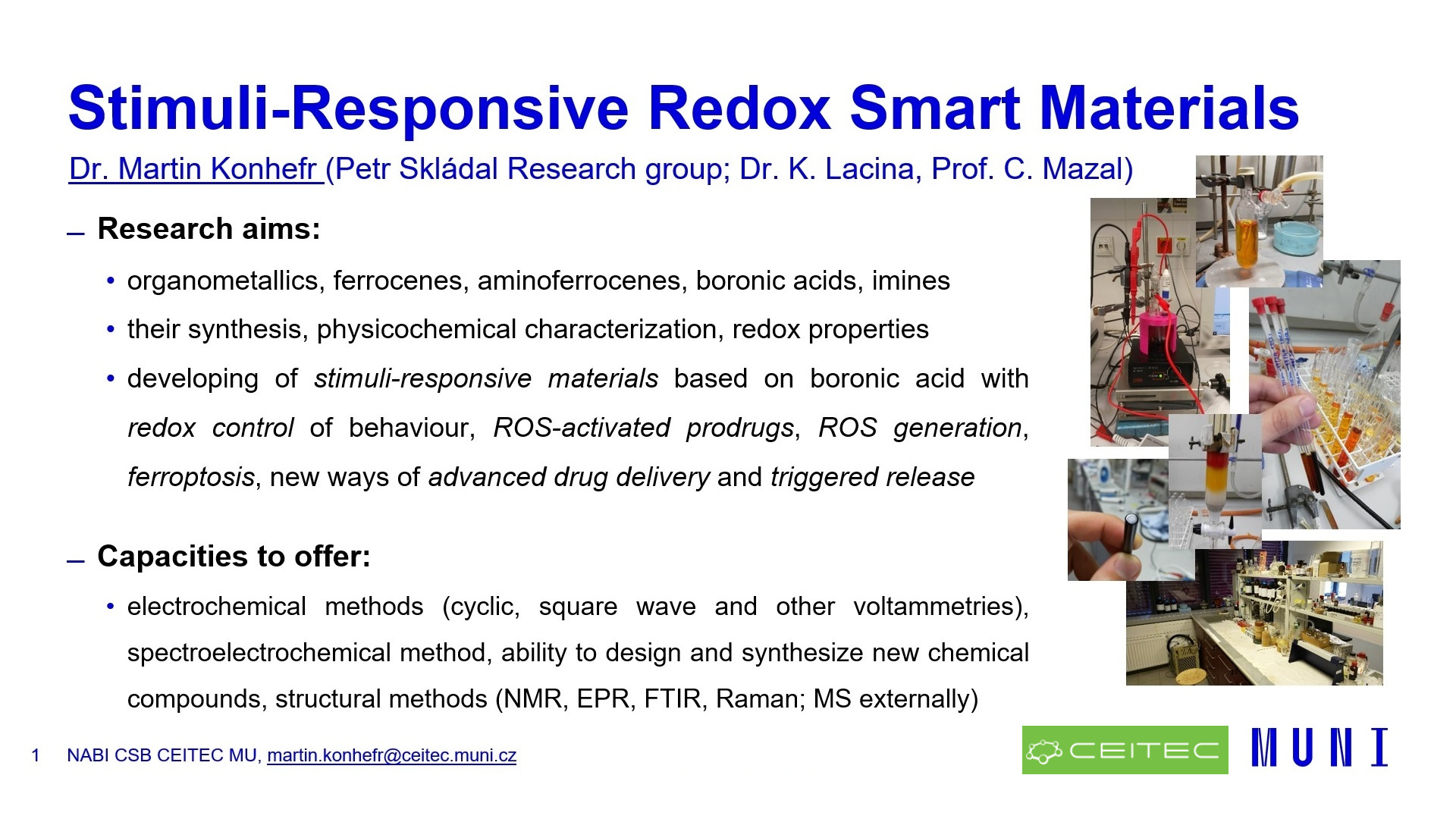
Perfect, now you know everything important.
Care to know more? Read on.
Compounds functionalized by boronic acid moieties and their related materials are highly topical. The interaction of a boronic acid with a diol is covalent in nature and involves the rapid and reversible formation of a cyclic boronate ester. Hence, the boronic acids have been employed in various functional materials as well as a recognition unit in sensing schemes in which boronic acid moiety binds diols and diol-containing biomolecules or anions. Altogether, they are utilized as chemical sensors and tools for e.g. health diagnostics.
Similarly, the appearance of ferrocene in the middle of the 20th century has revolutionized organometallic chemistry. Since then, ferrocenes are the subject of intensive research efforts thanks to their properties, prospective functions and the richness and ease of their functionalization possibilities. This leads to applications in various areas as optical and redox devices, batteries, sensing, asymmetric and enantioselective catalysis, and medicine. Although, sometimes, they are initially unexpected.
Organic chemist must share enjoyment in creating new chemical entities of our inspiration.
Merging topics of previous paragraphs together, one of the main aims of my work has initially been to explore and develop the field of sensors and mainly boronic acid probes, particularly with an electrochemical moiety which possesses redox properties. In the context of exploration and preparation of new probes, it is obvious that all organic chemists must share enjoyment in creating new chemical entities of our inspiration which also fits me. My passion for organometallic synthesis was developed during my bachelor electrochemical studies when I started to work with aminoferrocene. Since that time, the majority of my work has addressed mechanistic aspects of interactions of boronic acids in general.
However, while tracking the approaches we have used to answer mechanistically interesting questions of physicochemical descriptions, there is a question: How many people really care about such a subtle “bit of science”? This is the reason why we should switch from using synthetic receptors as mechanistic probes to using such receptors for real sensing purpose. Paraphrased, the necessity of switching to real purpose is desirable even if the words receptor, probe and sensing are substituted for other kinds of molecules and approaches – examples can be smart materials exerting various tasks while responding to various stimuli and their utilization in (nano)medical therapies as (pro)drugs. Therefore, another aim of my work has been to permanently trace and present the state-of-the-art of the research encompassing boronic acids and ferrocenes and to outline and propose possible research areas for further studies in the near future. Some relevant information can be found in the My scientific interests tab.
The interdisciplinary approach is of paramount importance.
Herein, the interdisciplinary approach is of paramount importance. I believe that we should precisely know the physicochemical background of processes and reactions to understand biochemical, biological and other consequences in applications and to be able to design and control more robust and enhanced functional molecules and systems.
Considering my already done work, I have basically worked on one major and two minor areas during my PhD studies – synthesis and electrochemistry of ferrocenyl-iminoboronates (1), synthesis, electrochemistry and analytical utilization of diferrocenylborinic acid (2) and electrochemistry of aminoferrocene itself (3).
Three novel electroactive iminoboronates were synthesized and physicochemically characterized. The reactivity of ortho regioisomer appeared to be different from the corresponding meta and para derivatives. The reaction pathway from primary amine through intermediate hemiaminal to imine form was revealed by electrochemistry and conscientiously described. Since the ortho-iminoboronate undergoes various equilibria in solutions, an intramolecular electron transfer and electrochemically facilitated interaction of O-nucleophiles with imine group were described. A molecule of a protic solvent (water, methanol etc.) can add to imine bond depending on the redox state of appended ferrocenyl in the ortho-iminoboronate. Hence, B–N interaction and proton-coupled intramolecular electron transfer cause the formation of stabilized hemiaminal intermediate when requested. At the last, on-demand decomposition of the structure back to reactants occurred in the presence of NaCl which interacts as an ion pair with the ortho-iminoboronate. Some of the ferrocenyliminoboronate derivatives were eventually also tested for their cytotoxicity in cancer cells.
We also synthesized and physicochemically described diferrocenylborinic acid. Its borinic linker between two connected redox centres (ferrocenyls) is interesting from the point of analytical utilization of this compound as a probe for nucleophiles. We utilized novel electrode modification technique, immobilisation of the borinic acid in 2D-titanate nanosheet host.
More in the presentation from ISE conference 2020 below:
Finally, unforeseen facts were revealed in the case of aminoferrocene cycled in buffered and especially in unbuffered aqueous solutions. In the latter ones, two discrete forms of aminoferrocene can be detected. Furthermore, a continuous shift of its redox pair from higher to lower potentials according to pH can be observed in acidic conditions. Hence, the fine determination or so far at least the best estimation of the dissociation constant for unstable and in situ generated species (reduced or oxidized forms of a protonable analyte) was introduced as a method and calculated from electrochemical measurements.
Let's think yet about merging of molecular switching mechanisms and boronic acid moiety as a functional group into new responsive smart redox materials. Most molecular switching studies are typically performed ex situ with isolated forms. However, in situ switching has to be accomplished. Furthermore, switch forms are associated with different reactivities and their population is dictated by the acting stimulus. Increasing the overall efficiency, reliability and robustness of the stimuli-controlled chemical process is needed. It is also important to design a switching system where all competing side reactions will be effectively suppressed or ideally shut down. Such systems could become tiny molecular machines with the ability to assemble chemical entities.
Utilizing boronic acid as a drug linker or trigger presents an effective strategy to control drug release in response to a stimulus.
It is noticeable that many boron-based materials possess a great potential for biomedical applications. Their delivery and release kinetics can be sophistically controlled as-designed. Utilizing boronic acid as a drug linker or trigger presents an effective strategy to control drug release in response to a specific amount of e.g. reactive oxygen species increased in certain cells and tissues. Intense synthetic efforts should result in novel structures benefiting from their unusual physicochemical properties and keeping negligible side effects as (pro)drugs. Many of the described scientific fields are highly topical and still in their infancy. I am sure that ongoing research in next years will show their power.
More information and knowledge about presented topics are available in my PhD thesis below:


